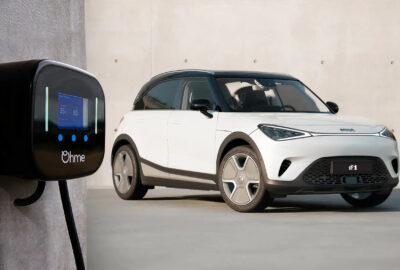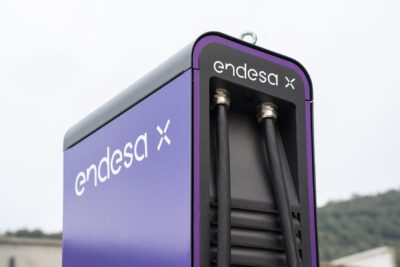Tesla opens Supercharger design to third parties
Ambition is in total supply at Tesla. The company wants Supercharger technology to become standard in North America and opened the design to third parties. Calling it the North American Charging Standard (NACS), Tesla is also set up against CCS.
++ This article has been updated, please continue reading below. ++
While CCS (and Type 2 as CCS2) have effectively become the fast-charging standard in Europe, the situation in the US is not as clear-cut. Or, open in Tesla’s world, where the company claims “NACS vehicles outnumber CCS two-to-one,” and that its Supercharging network has 60% more NACS posts than all the CCS-equipped networks combined.
Concrete numbers are missing, yet when Tesla released the Model S in 2012 and started building out hitherto almost non-existent charging infrastructure in the US, the company set a standard of sorts, which accumulated 20 billion (32bn km) EV charging miles today. From the onset, the company had plans to release patents and the design to other manufacturers but was not taken up on it.
This may change as Tesla appears to go back to open standard policies, now branding it the ‘North American Charging Standard’. In the blog entry announcing the open design today, Tesla says there are already charging network operators willing to integrate NACS. This, however, will be an advantage to Tesla drivers first since they won’t need a CCS1 adapter any longer.
As for drivers of other EVs, they would only benefit once a vehicle maker integrates the Tesla connection in the car. Currently, conventional manufacturers and networks such as Electrify American and EVgo use CCS1 in the USA. The lower DC part of the plug and charging socket corresponds to the CCS2 known in Europe, but a Type 1 plug/jack is placed at the top instead of Type 2.
The Tesla tech looks future-proofed
In terms of technology, most interestingly, it looks like megawatt charging is at the core of NACS. Tesla points out that its system offers AC charging and “up to 1 MW” DC charging in one slim package. The system further has no moving parts, is half the size, and is twice as powerful as Combined Charging System (CCS) connectors, so the company.
How exactly one megawatt is supposed to rush through the cable, however, remains open in the blog entry, especially since Tesla does not provide any details about cooling.
The Electrek portal has dug deeper into the actual design and specs. For example, there are two interoperable versions with 500 and 1,000 volts, so a 500-volt plug can also be plugged into a 1,000-volt socket mechanically.
In the documents, Tesla states that it has used the NACS “with a non-liquid-cooled vehicle inlet” to operate continuously at over 900 amps. Taking 1,000 volts as a basis would mathematically result in up to 900 kilowatts of charging power. That’s not quite the one megawatt announced in the blog entry, but it’s still a factual statement. Even if existing charging systems in series electric vehicles will probably not use 900 amps of continuous power in the foreseeable future, NACS technology has the potential for some years.
This latest opening to third parties, this time in North America, also seems like another step to integrate with the market – or to integrate the market into Tesla. In Europe, the company has opened its network to all EVs for paid charging at some Destination Chargers and Superchargers this summer.
Tesla adopted the CCS Combo 2 standard in Europe and the rest of the world.
Update 05 December 2022
The CCS association CharIN has released a statement of discontent after Tesla announced its intention to make the Supercharger system the charging standard in North America.
As CharIN writes in a statement, “We strongly encourage Tesla, as a CharIN member, to work with CharIN’s membership base, the standards organizations, and others to accelerate the adoption of a fully interoperable EV charging solution to transition to electric vehicles more quickly.”
Additional reporting by Sebastian Schaal.





0 Comments